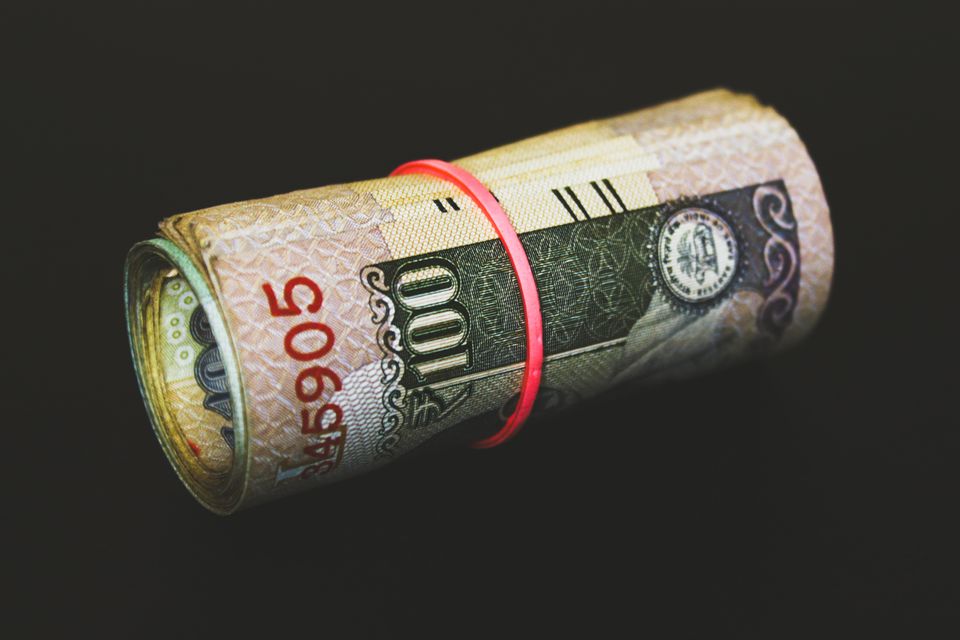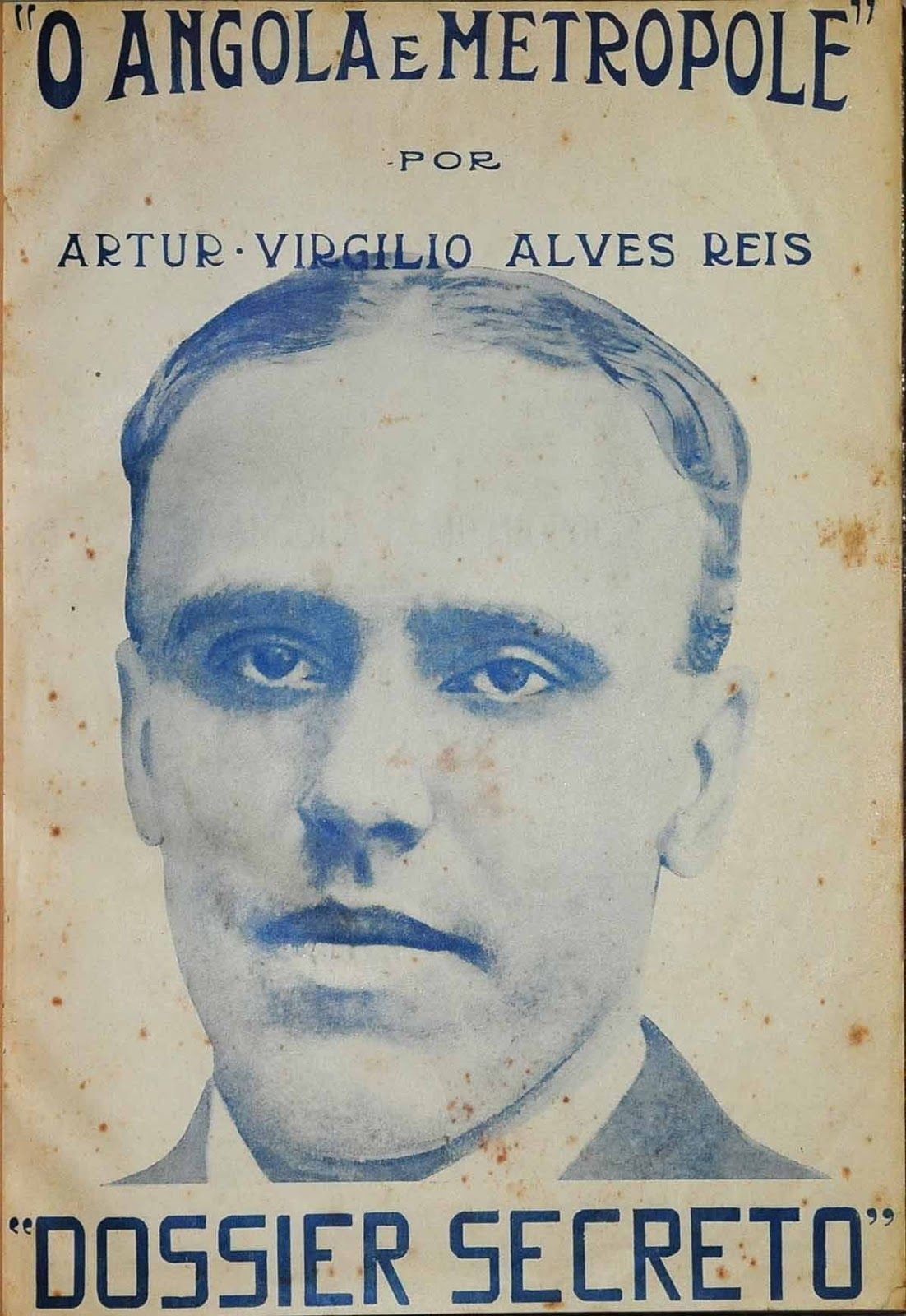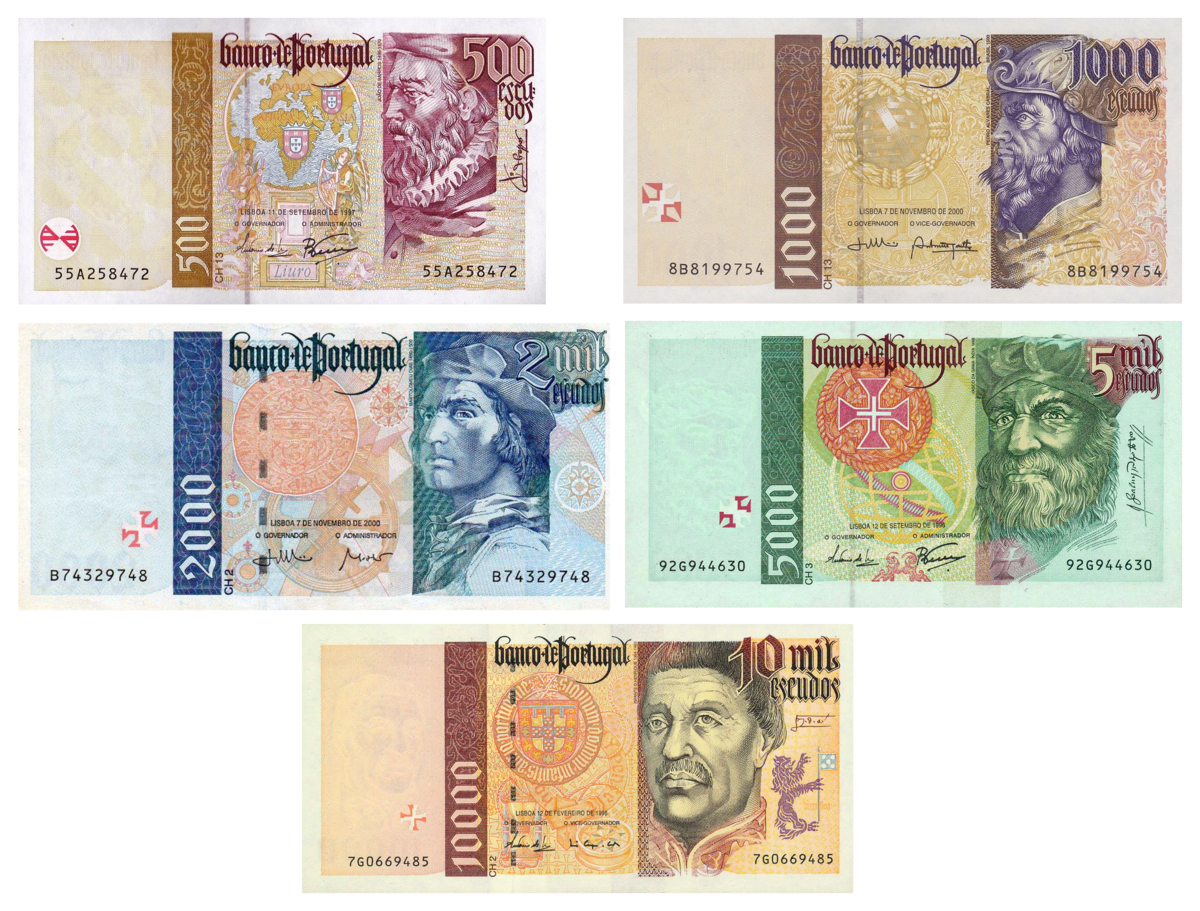The Greatest Counterfeiter In The World

Over the years, a lot of people have made fake money, some more successfully than others.
There was Wesley Weber, who was so good at creating fake Canadian hundred dollars bills that stores just said “screw it, we’re not taking hundreds from anybody, counterfeit or not.”
There was Bernhard Kruger, who was part of the Nazi’s currency counterfeiting operation during World War II, and who ended up funneling six billion dollars worth of British pounds into the UK economy during the war.
And then there was Artur Virgílio Alves Reis. This dude nearly pulled off a counterfeiting scheme so massive that when it was uncovered, it created a country-wide financial crisis that helped usher in a new authoritarian government.
What have you worked on today?

Artur Alves Reis was born at the turn of the 20th century, to a modest Portuguese family. His parents, like nearly all parents, wanted him to have a better life than they did, and pushed him to study engineering at a prestigious university. Artur, however, decided he didn’t want to put all those hours in — so he forged himself a degree from Oxford University. It’s not that he was stupid, he just felt he had more valuable things to do with his time.
According to his own diploma, he had studied mechanical engineering, geology, mathematics, physics, metallurgy, paleography (?), and electrical engineering. To paraphrase a famous Austrian politician, people are more likely to believe a big lie instead of a small one, as it is not in our nature to question the biggest of falsehoods. Artur readily embraced this idea, leveling up with each new fraud.
After “finishing” his degree, he got married and moved with his wife to Angola, a Portuguese colony at the time. Unable to find suitable employment, he once again opted to work smarter instead of harder — and he forged a check in order to buy the Transafrican Railway company.
And he didn’t stop there. After heading back to Portugal, Alves Reis forged more checks to buy a failing car dealership. Once he owned it, he used half of its cash reserves to cover the fake checks that he had written, and tried to use the other half to take over the Angola Mining Company.
Unfortunately, he was discovered before his takeover was complete. He was arrested in Lisbon, and ultimately sent to prison in July of 1924.
He got himself out on a technicality within 2 months.
Most people might spend two months in prison reflecting on where they had gone wrong; what life choices had led them to this point. Alves Reis spent it cooking up a plan that would impact the entire GDP of Portugal. And as soon as he got out of prison, he went to work.
But of course, before he could set his plan in motion, he needed a crew. He found three guys with a bit of a checkered past, who were all totally fine working on a project that, if not straight up illegal, was at least very shady. A Portuguese man with a diplomat brother, a German financier, and a Dutch businessman. The Dutchman, the Portuguese man, and the German — remember them, they’ll be important later.
This whole thing started with Alves Reis telling people that he was on a “confidential mission” for the Bank of Portugal. This was right after the end of World War I, which meant that there was a lot of distrust in the government at the time, and the Portuguese government already had a sizable reputation as a corrupt government — so I guess it was plausible that an ex-con would be handed a secret mission from the national bank?
Alves Reis forged himself a bank contract, but it was useless without international sign-off. So he had it notarized by four European embassies, by men who were too stupid, trusting, or lazy to scrutinize his contract too closely.
What was the contract? It authorized him to print official, mint condition 500 dollar escudo bills. This was the genius of his entire plan — why bother with the time and effort of creating fake money when you can fake your way into creating real money?
Now here’s where the associates come in.
- The Dutchman tracked down who had printed the original Portuguese currency, so they could contract out printing new bank notes.
- The Portuguese guy used his diplomatic connections to import the new bank notes without raising any suspicions.
- And the German… well, he mostly just helped spend it all.
You might be thinking that it should have been harder to pull this off. And to be fair, the printer, Sir William Waterlow, did ask a lot of questions. But he was convinced by Very Official Portuguese government documents that were — you guessed it — more forgeries.
There was one small hiccup, though.
Alves Reis had been clever enough to work out the right names and serial numbers that needed to go on the bills, so they would fit right in with the actual currency that was going into circulation at the time. But in doing so he duplicated some serial numbers, which made Waterlow suspect that this contract was not on the level. Waterlow immediately wrote a letter to a government bank official alerting them of his suspicions.
This small slip up should have exposed the entire plot. Unfortunately for Waterlow, however, the “bank official” he sent the letter to was Alves Reis himself. It wasn’t difficult for Alves Reis to talk his way out of things — according to him, the fraudulent contract had specified that the word “Angola” be put on the notes, as they were supposedly going to be used to finance African infrastructure and wouldn’t be spent inside the country. And with that, the last hurdle was cleared.
So they started printing money.
How much money did they print? 100 million escudos, which at the time was 0.88% of Portugal’s GDP. Today, it would be worth 150 billion dollars.
Printing 150 billion is one thing, but laundering it is quite another. They slowly traded it in for foreign currencies and small denomination bills. They created the Bank of Angola. They started buying billions worth of empty land, existing real estate, and businesses. They made terrible investments and gave away loans with near-zero interest rates. These four made it rain so hard it created a noticeable boom in the Portuguese economy.

By the following year, 1925, rumors of fake bank notes started spreading. I mean, those rumors didn’t matter because technically the fake bank notes were real. But other, more racist, rumors did start to cause problems. The Bank of Angola started attracting attention because of the loans and investments that it was giving away essentially for free. A lot of people didn’t like the fact that a German had a prominent role at the bank, and believed that it was secretly a front for the Germans to infiltrate the country and take control of the Angola colony from the Portuguese. Good old nationalism.
Alves Reis’ key mistake was a rookie one — he pissed off old rich people. All of the land they were buying, much of it farms and plantations, set off the rich guy who controlled Portugal’s vegetable oil market. And that rich guy knew another rich guy who owned the country’s most prominent newspaper, which promptly assigned its top reporters to start investigating the Bank of Angola.
The investigations slowly but surely turned up evidence that there was money laundering going on. All signs pointed to counterfeiting, but weirdly, nobody could prove that the bills were fake. The journalists were getting closer, though, and the circumstances were suspicious enough that the government started digging.
Alves Reis knew that he was running out of time, and so he needed to complete the final step in his plan: buying the Bank of Portugal. The bank’s owners were the only ones who could definitively say that his bills were illegitimate — if he became the bank’s owner, he could retroactively make his own crime go away. He/the bank could simply acknowledge his bills as officially official, and nobody could ever prove the fraud.
So he started buying shares. Between himself and his accomplices, he was able to buy up 10,000 of the 45,000 shares that he needed to control the bank.
But when the media caught wind of their activities, they were forced to stop buying shares out of fear of more publicity. All they could do was wait.
Meanwhile, the Bank of Portugal, in coordination with the Portuguese government, had sent an inspector to check out the Bank of Angola’s massive cash reserves. He spent an exhausting amount of time checking each and every bill: the ink, the watermarks, the paper. But it all seemed real.
And then, by chance, he noticed two bank notes with duplicate serial numbers. He immediately ordered all bank branches to sort their notes by serial number, which turned up thousands more duplicates. The Bank of Portugal contacted Waterlow, and the next day, the papers published an entire account of the fraud.

In the aftermath, the exchange rate of the Portuguese escudo fell and lost much of its credibility. The government, which was already lacking much of its credibility, faced a crisis of confidence. It’s always hard to prove historical cause and effect, but some believe that the scandal strengthened the military’s coup d’etat a year later, which brought the National Dictatorship into power.
Artur decided to stick around and defend himself; he was arrested a few days later, at the age of 28. The forgeries that he had made along the way (the contracts, the government documents) were so convincing that it took 5 years for judges to fully understand what had happened and finalize his sentence. He served 15 years.
It’s one thing to create fakes out of ink and paper. You can get paper to bend and ink to dry in just the right way to convince people. It’s another thing to create fakes by bending the truth; a dollar is, at the end of the day, only worth a dollar because we all agree it is. If tomorrow we all agreed that you were a billion dollars richer — would we all be wrong?